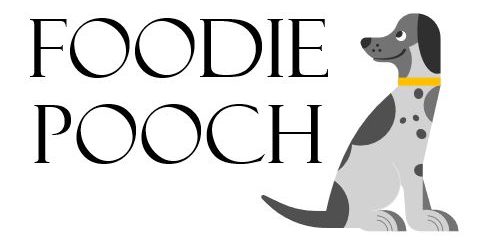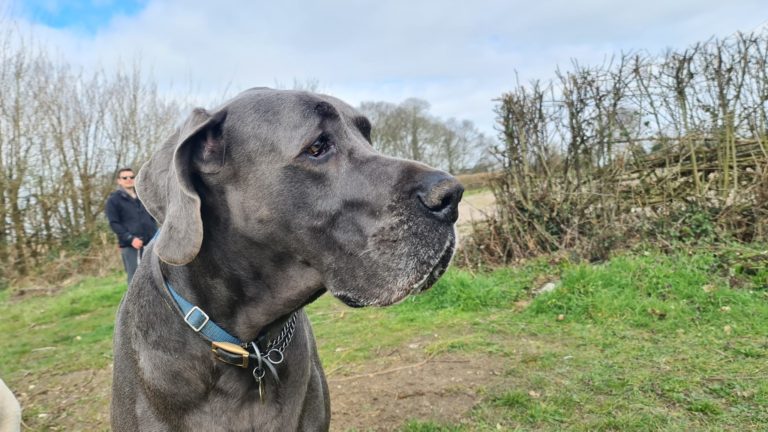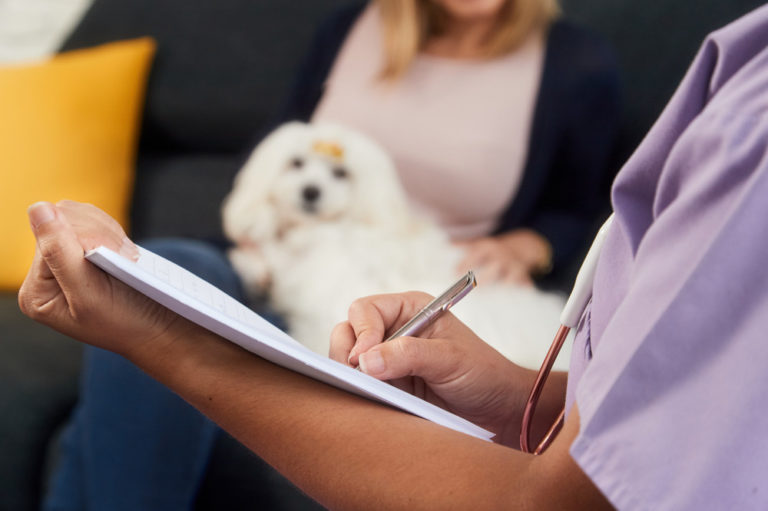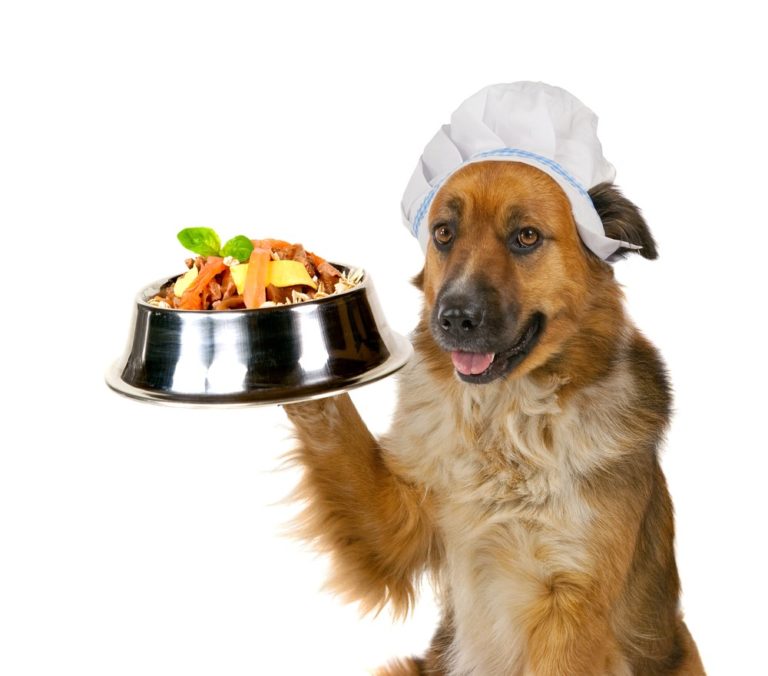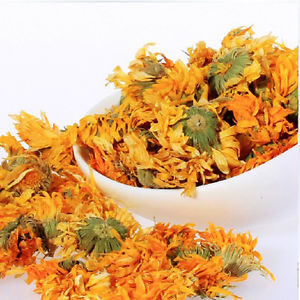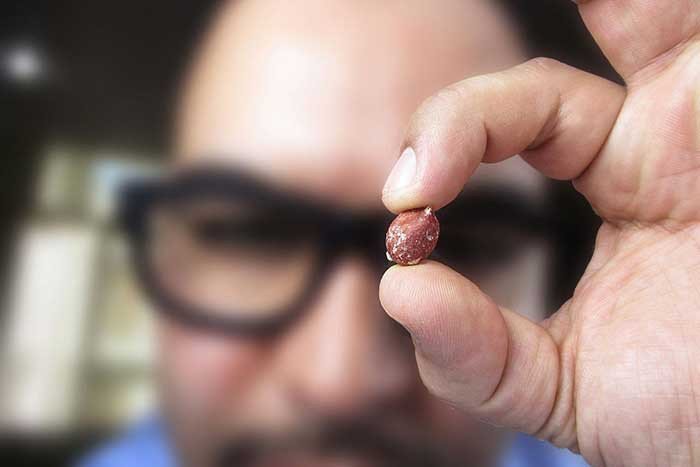Treating yeast infections in dogs naturally
Many dogs suffer yeast infections for a variety of reasons. This guide is for treating yeast infections in dogs naturally, but covers some basics as to why dogs so commonly suffer these infections.
What are yeast infections in dogs?
One of the most common reasons for Vets visits for dogs are yeast infections – usually in the ears or feet, but sometimes on other parts of the body. Yeast infections are caused by an imbalance of the immune system – either an overactive or underactive immune response. The most common course of medical treatment is of course steroid therapy, which shuts off the natural immune response completely, masking, but not treating, the source of the problem and causes more problems.
Should a secondary skin infection arise from scratching or biting or licking, these are usually treated with antibiotics. If allergies are indeed to blame, this is even more of a problem, as antibiotics wipe out both good and bad bacteria, preventing the body from repairing itself and creating more grief.
Whilst clinical diagnosis of a yeast infection needs to be carried out by a Vet by looking under a microscope, tell-tale signs of yeast infections in dogs are a musty, mouldy smell, itching and scratching at ears, paw licking, and bum scooting.
Can these often chronic yeast infections be treated without resorting to steroids and antibiotics, and frequent visits to the Vet?
Our Top 5 tips for beating yeast infections in dogs naturally
Here are our Top 5 Tips for beating yeast infections naturally, for good:
- FOOD: Eliminate kibbles, cans, and all processed foods containing carbohydrates, grains and starches from the diet. Switch to a natural diet, including raw chicken necks, raw meaty bones from your butcher, and a good quality, grain-free raw diet. If convenience is a factor, you can use a decent quality air-dried, freeze dried, or BARF food which has been formulated with basic nutrients, vitamins, and minerals.
- BATHING AND CLEANING: You can bathe puppy in Calendula flower water to soothe the skin, and use a good quality natural soothing shampoo. If the infection is in the feet, a frequent foot soak made up of 4 litres of water, a cup of hydrogen peroxide, and 2 cups of apple cider or white vinegar is critical, several times a day. Soak the feet in this solution, do not rinse, and dry thoroughly. If the problem is with the ears there are a few products like dog ear cleaner wipes (with coconut oil and aloe vera) which work well, or alternatively Witch Hazel from Health Food Stores and large cotton balls to keep the ears clean and dry. Please do not use cotton buds to clean your dogs ears.
- SUPPLEMENTS: Introduce supplements including Omega Oil, Vitamin C and a Multivitamin such as DermaDOG Multivitamin. You can also add a teaspoon of Apple Cider Vinegar to the food, available at health food shops.
- PROBIOTIC: Probiotics contain the good bacteria needed in the digestive tract. As the yeast is brought under control, the beneficial bacteria need to be replenished. Some Multivitamin products contain probiotics or “prebiotics” (nutrients that feed the beneficial bacteria), but your dog may require a higher or more therapeutic dose. You can use either a Human Grade Probiotic capsule or alternatively kefir, available from some health food shops or continental delis, retailing at around $5 per litre. Depending on the severity of the yeast problem, probiotics can be introduced 2-3 weeks after introducing supplements.
- TOPICAL APPLICATION: Extra Virgin Coconut Oil is beneficial added to food, but can also be applied topically to skin irritations. Available from health food shops and some supermarkets. Expect to pay around $15 for a jar.
Have you beaten your dog’s yeast infections?
Have you managed to beat your dog’s yeast infection naturally? If so, we’d love to hear about your experiences! Leave a comment below.
